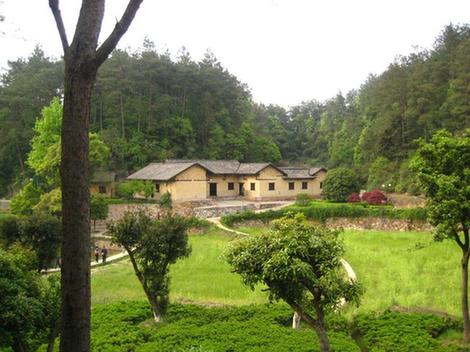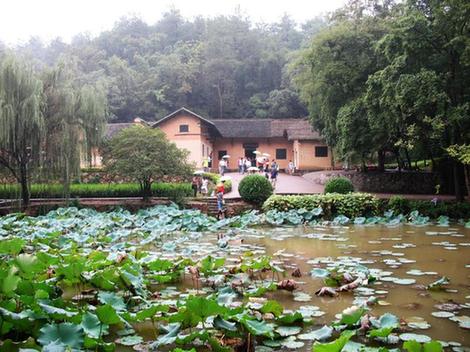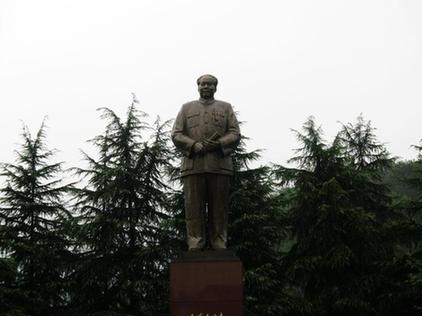Hot Travel Line
Shaoshan
(www.dreams-trip.com)
Updated: 2009-09-02 17:48

Shaoshan is about forty kilometers west of the county town of Xiangtan, Hunan Province. It is one of the seventy-two peaks of the majestic Mount Hengshan. According to legend, when King Yu was on his way south to inspect the flood control projects, he stopped here and played some ancient Shao music. The place was therefore called Shaoshan-Mount of the Shao Music.
A village called Shaoshanchong at the foot of the mountain was where Mao Zedong (1893-1976), the late leader of China was born and grew up. An exhibition hall memorializing Mao's life and revolutionary activities has been built at the town of Shaoshan, formerly Shaoshanchong Village, and is now open to visitors who can stay at the local hotel. There are regular train and bus services between Shaoshan and Changsha.
Shaoshan, a mountain village about 100km southwest of Changsha, with some fairly beautiful scenery and a once typically Hunan village atmosphere, has been irreparably changed by history. On the 26th December 1893, a baby was born in a little house in this village, to a relatively wealthy peasant couple. The child was to grow up to become China's Great Helmsman, Chairman Mao Zedong, and it was in this region that he spent his childhood and youth, attending school and helping his father with his work.

The tourist attractions in the village are highly propagandorial, but then this is all part and parcel of the Mao image. Loudspeakers will greet you on arrival with revolutionary songs and speeches, the village is guarded by sleepily bored soldiers and the history is only partially represented at best. The revolutionary tourist attractions include the Former Residence of Mao Zedong (Mao zedong guju), the Ancestral Temple of the Mao Family, now Comrade Mao's Museum (Mao zedong tongzhi jinianguan), Stone Steles covered with Mao's poems, and a Revolutionary Martyr's Cemetery.
The former residence is the most interesting. Entered through a courtyard, the house is of a sunny yellow, mud brick walls, with a nicely thatched roof, and is found on a wooded hillside, above some lush paddy fields. You can visit all of the 13 rooms inside, that include a kitchen, a dining room, three family bedrooms, a guest room and an ancestral hall. Within the rooms are various personal effects of Mao and his parents, as well as photos from Mao's life.

If the propaganda gets too much, the area around the village is of the beautifully simple Hunan countryside, with small peasant houses scattered about the stepped paddyfields and bamboo groves. The Dripping Water Cave (Dishui dong), about 3km northwest of the village, is a very popular destination, possibly because of the fact that Mao allegedly spent 11 days here in the early days of the Cultural Revolution Years (1966-76), contemplating the unknown. Even nicer however, is the ascent to Shao Hill Peak (Shaoshan feng), the conical hill just to the northwest of the village. From the summit (reached on foot [1-2hrs.] or by cable car [RMB20]), you will have some good views over the village and Hunanese countryside.







